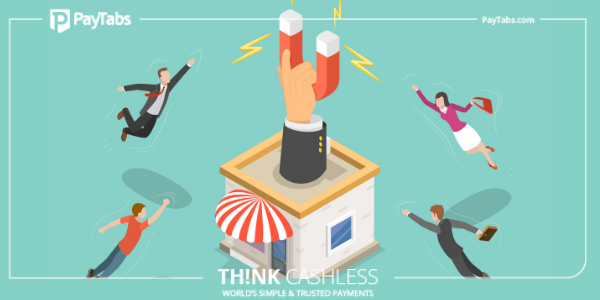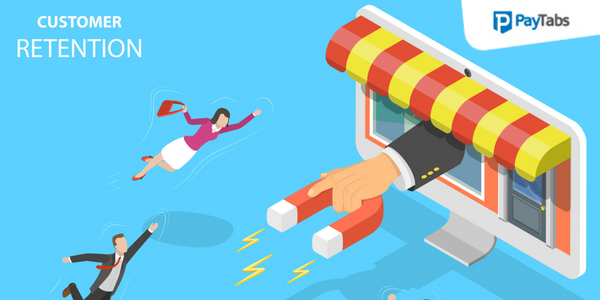Launch Your First eCommerce Website : Shipping and Customer Service (Part 4)

Focus on Shipping and Customer Service
This is the closing part of the transaction where the goods are delivered to the end customer. As the adage goes, All’s well that ends well, it is prudent to ensure a good customer experience on the shipping and service front so as to ensure repeat customers.
Thus, it is vital to have a well-defined shipping and packaging strategy in place. The order should be capable of continuous tracking, even by the customer with timely status updates. The following are the available options in managing order shipping:
- Managing the Shipping function
It would be a good idea to have an in-built shipping and order management feature in the e-commerce portal. This is a good step in the direction of transparency as well. Th customer would be able to select the preferred shipping method and pay accordingly. Some websites also have the option of priority delivery, in which case the customer can pay extra charges towards a particular shipping mode. The shipping tool can also be used to conveniently print packing slips and labels
- Shipping software and printing
It would be a good idea to have pre-tie ups with logistics partners that have a reputation of timely delivery. Often these third-party vendors also offer free installed software that are helpful in knowing the status of and the expected time of delivery. These pre-installed software can also aid in accurate labelling of the goods as per customer specifics. For example, some e-commerce merchants offer customized greetings on the labels, if the product is to be delivered as a gift etc.
- Advanced Order Management delivery Software
One may also consider cloud-based software that would provide real time information as to the rates being charged by various carriers for comparison with support for additional functionalities like drop ship order or inventory status like whether the goods were damaged in transit etc. Some carriers also offer insurance facility.
Important aspects to bear in mind:
- Size and weight matters: The e-commerce merchant should select the shipping tool based on the business model. In case of shipping a few items in pre-defined box sizes and weights, it would be best to opt for an in-built shipping tool in the website with basic features. However, in case of shipping box sizes that different, managing multiple delivery channels or offering drop ship facility, it would be prudent to select an advanced shipping software with various features to cater to growing and diversified business needs.
- Think today for tomorrow: Experts advocate opting for a shipping strategy based on the business needs of tomorrow. E-commerce business generally witness growth spurt and it might be difficult to upgrade shipping tools at a later stage. Often the shipping software have a lower price for initial plans which can be upgraded to the higher advanced versions as per business growth. This way one can compare the freight charges and the customer can choose the best based on cost-quality parameters.
- Packaging options: The freight charges are largely dependent upon the size and weight of the goods to be shipped. The different types of packaging are standard boxes, mailers, envelopes, customized boxes with branding, subscription crates for high value or delicate items. To save on costs, it is important to select small sized, light weight packing materials that serve the purpose of protecting the goods during transit.
- Customer service: Another important aspect is customer service post-delivery. It may often happen that the customer is dissatisfied with the condition of the product delivered or has changed his or her mind about buying the product. In such a case, it is imperative to have a website feature that records and captures the revised status of the transaction and ensures prompt refund to the customer in valid situations.
In conclusion, it might be a good idea to have the shipping and customer service function as part of the e-commerce website rather than outsourcing to a third party. This way the quality is assured. An efficient and prompt delivery has a long-lasting positive impact on the customer and would translate into further orders in the future.
In this series we walked you through the main steps to set up one’s first e-commerce portal. There is a no one size fits all approach. It’s prudent to test and try out different options, before deciding upon the unique mix that works best for one’s e-commerce business.




